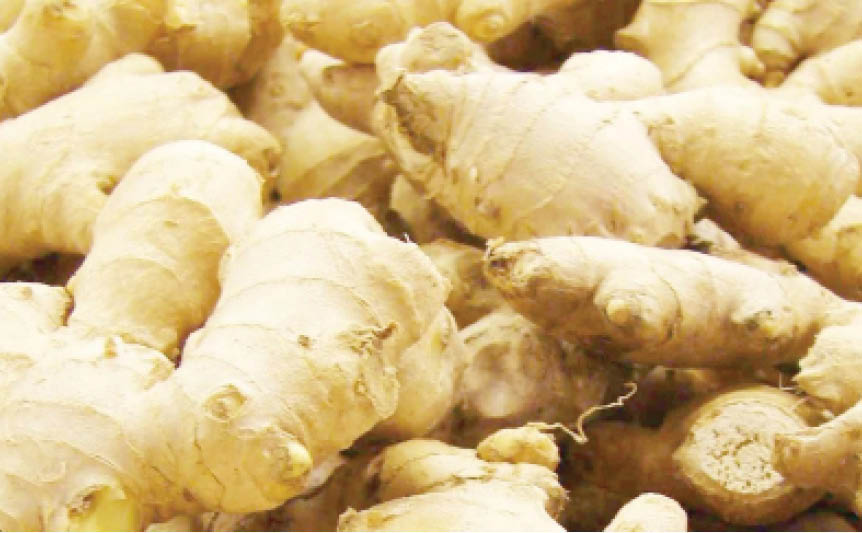Give your health a ginger boost
Ginger is a plant with leafy stems and yellowish-green flowers. The ginger spice comes from the roots of the plant. Ginger is native to warmer parts of Asia, such as China, Japan, and India, but now is grown in parts of South America and Africa. It is also now grown in the Middle East to […]

Ginger is a plant with leafy stems and yellowish-green flowers. The ginger spice comes from the roots of the plant. Ginger is native to warmer parts of Asia, such as China, Japan, and India, but now is grown in parts of South America and Africa. It is also now grown in the Middle East to use as medicine and with food.
Ginger is commonly used in different ways but there is no good scientific evidence to support many of these uses.
Osteoarthritis: Most research shows that taking ginger by mouth can slightly reduce pain in some people with osteoarthritis. There is some evidence that taking ginger by mouth works as well as ibuprofen four hundred milligrams daily for pain in hip and knee osteoarthritis. But most research shows that applying ginger gel or oil to the knee does not stop pain.
Morning sickness: Taking ginger by mouth seems to reduce nausea and vomiting in some pregnant women. But it might work slower than or not as well as some drugs used for nausea.
Menstrual cramps called dysmenorrhea: Research shows that taking ginger powder five hundred to two thousand milligrams during the first three to four days of a menstrual cycle modestly decreases pain in women and teens with painful menstrual periods. Ginger was given for approximately three days.
